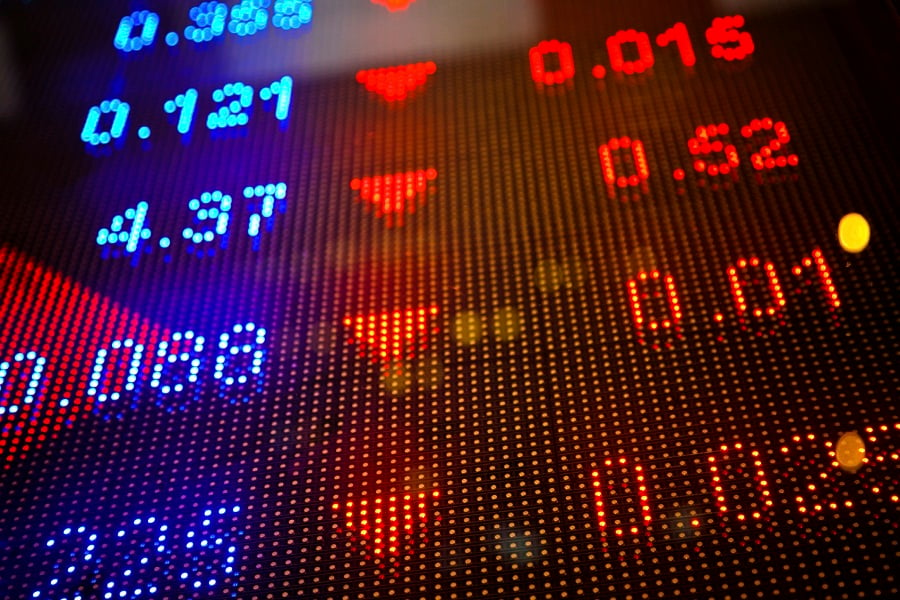Flash crashes — those days when stocks, bonds, and currencies all make big, sudden moves in tandem — may roil financial markets, but they don't seem to make a big difference to the real economy, according to Citigroup.
Analyst Steven Englander built a working definition of what qualifies as a flash crash, then went about analyzing what the impact of all that frenzied trading was. His conclusion: not much.
“Flash crashes are painful, but may not matter much at the end of the day, except to those caught up in the ensuing panic,” Mr. Englander, the bank's global head of Group-of-10 currency strategy, said in a note issued Tuesday. “What stands out is how little they mattered for the real economy.”
(More: Are HFT and computers to blame for the market's quick drop?)
Mr. Englander defined flash crash days using a so-called “4, 4, 6 rule.” Flash crashes require swings of more than 4% in the dollar-yen exchange rate and the S&P 500, plus a 6% or greater swing in U.S. 10-year Treasury yields.
He cites four recent examples of extreme market moves: Oct. 24, 2008, at the height of the financial crisis; May 6, 2010, the original flash crash; Aug. 4, 2011, amid euro zone turmoil; and Aug. 25, 2015, as uncertainty about Chinese growth gripped markets. Oct. 15, 2014, when 10-year Treasury yields plunged, didn't make the cut, although it would qualify under a lower threshold of a "2.75, 2.0, 6 rule."
(More: Agencies need better handle on shady trades)
“However traumatic the May 2010, August 2011 or October 2014 flash crash events were to those of us in markets, they didn't derail the recovery,” Mr. Englander said. “Bottom line — it is unlikely that the flash crash days are [pluses] for either financial markets or activity, but it is far from clear that they cause subsequent activity weakness.”







